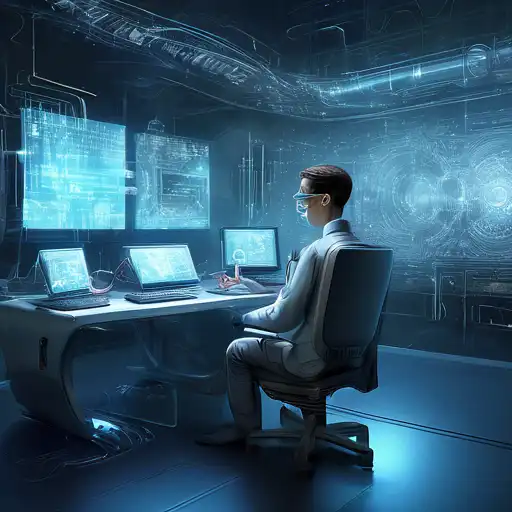Introduction to Computer Vision Technology
Computer vision technology has seen remarkable advancements in recent years, transforming how machines interpret and understand visual information. This technology enables computers to identify, process, and analyze images in a way that mimics human vision, but with greater speed and accuracy.
Key Advancements in Computer Vision
Recent breakthroughs in computer vision have been largely driven by advancements in artificial intelligence (AI) and machine learning (ML). These include:
- Improved image recognition algorithms that can accurately identify objects, people, and even emotions.
- Enhanced real-time video analysis capabilities for surveillance and security applications.
- Development of autonomous vehicles that rely on computer vision for navigation and obstacle detection.
- Applications in healthcare, such as diagnostic imaging and patient monitoring systems.
The Role of Deep Learning
Deep learning, a subset of machine learning, has been instrumental in advancing computer vision technology. By using neural networks with multiple layers, deep learning models can learn from vast amounts of visual data, improving their accuracy over time.
Future Prospects
The future of computer vision technology is incredibly promising, with potential applications in augmented reality (AR), retail, and more. As algorithms become more sophisticated, we can expect even greater integration of computer vision in everyday life.
For more insights into how AI is shaping the future, check out our article on AI Trends to Watch.
Conclusion
Advancements in computer vision technology are revolutionizing industries and creating new opportunities for innovation. With continued research and development, the possibilities are endless.
